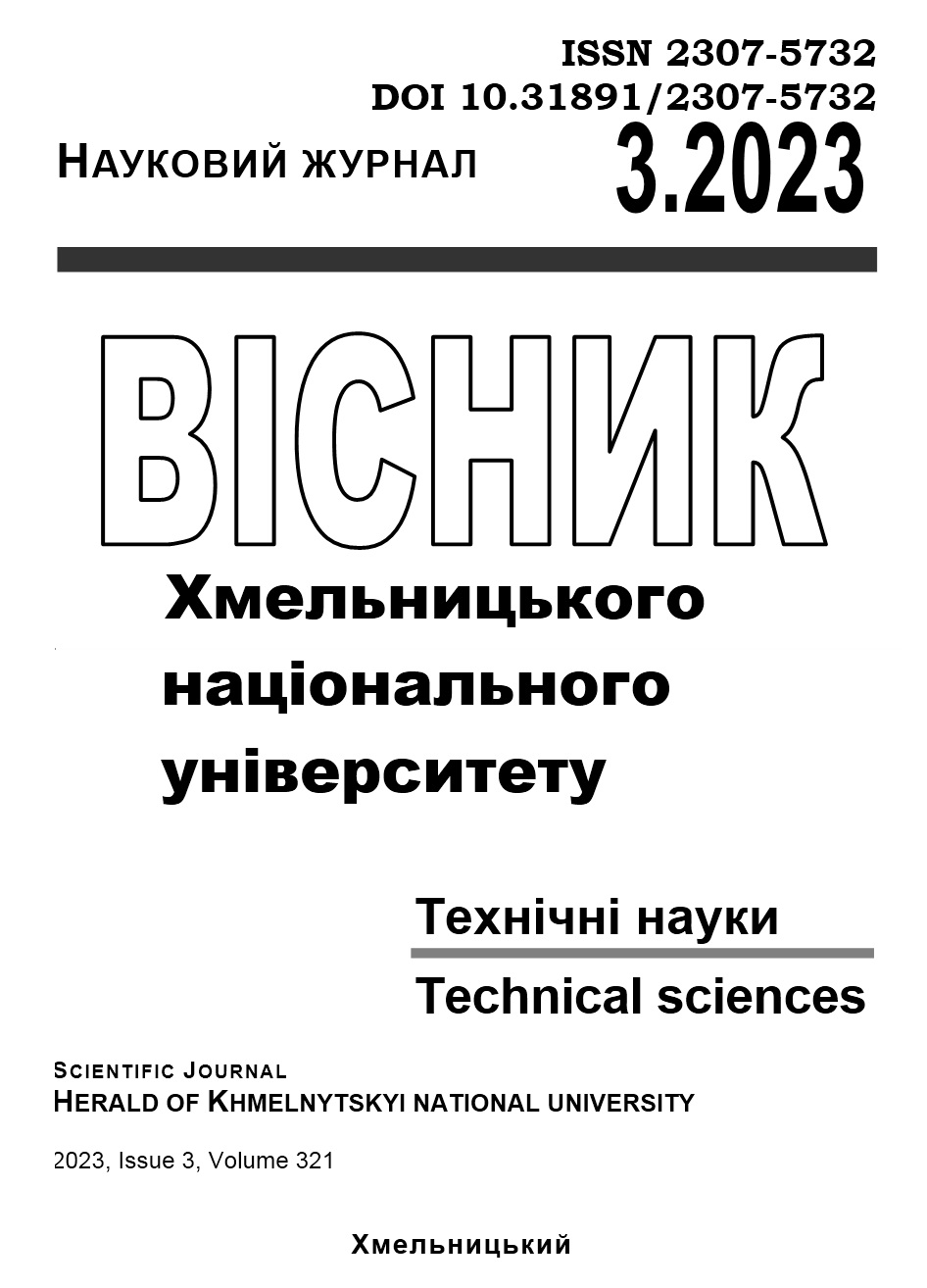STRUCTURAL IDENTIFICATION METHODS OF NON-STATIONARY QUASI-PERIODIC PROCESSES MODELS
DOI:
https://doi.org/10.31891/2307-5732-2023-321-3-145-157Keywords:
non-stationary quasi-periodic process, Data Mining methods, simulation modeling, digital filtering, spectra of derivative processes, traffic analysisAbstract
The task of structural identification of models of non-stationary quasi-periodic processes is solved, as a rule, under conditions of significant a priori uncertainty. It is not known in advance which functions can be used to model the trend of the process, how many periodic components there are, which level of various types of noise distorts regular processes on average. Our paradigm is that there is no universal method for solving such problems. Therefore, researchers should clearly define the limitations of the methods, algorithms and data processing programs used to solve a specific applied problem. However, the stages (steps) of research are practically universal. They are the basis of modern Data Mining technologies, which combine informal professional data analysis and formal operations with the use of modern methods, algorithms and software.
This paper considers a specific version of this approach, which includes stages (steps) of informal analysis, formalization of the process model and structural identification of this model using the example of the task of analyzing traffic periodicities at large exchange nodes (traffic aggregation nodes).
Features of the proposed methodology are the stage (step) of simulation modeling on theoretically similar to real models. The purpose of such a stage is to establish the characteristics of the effectiveness of formal algorithms, if possible to choose the best one in some sense. In the formal part, it is proposed to perform the differentiation operation of the input process at the first step of data processing in order to suppress the regular slow trend. Through simulation modeling, it was also established that the modes of "hidden" high-frequency periodicities are significantly emphasized in the derivative spectra. This provision allows, based on a visual analysis of the spectra, to determine the cutoff frequencies of low-pass filters, which effectively suppress various types of noise, but do not cut off inconspicuous regular frequency components.
As a result of the application of the proposed methodology, there are obvious and non-obvious traffic cycles: annual, semi-annual (for the northern hemisphere), weekly and daily. Completely non-obvious traffic periodicities were also detected: 28 days and 40 days. The first of them correlates with the cycles of phases and the orbit of the Moon, to which the human body has adapted in the course of evolution. The second can still be explained only by traditions and ancient calendars.
Downloads
Published
Issue
Section
License
Copyright (c) 2023 МИКОЛА ОДЕГОВ, МАТІН ГАДЖИЄВ, ЛЮДМИЛА ГЛАЗУНОВА, ЛЮДМИЛА БУКАТА, МАРИНА КОЧЕТКОВА (Автор)

This work is licensed under a Creative Commons Attribution 4.0 International License.

